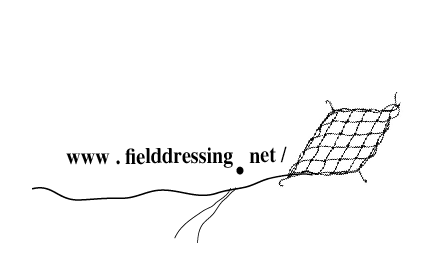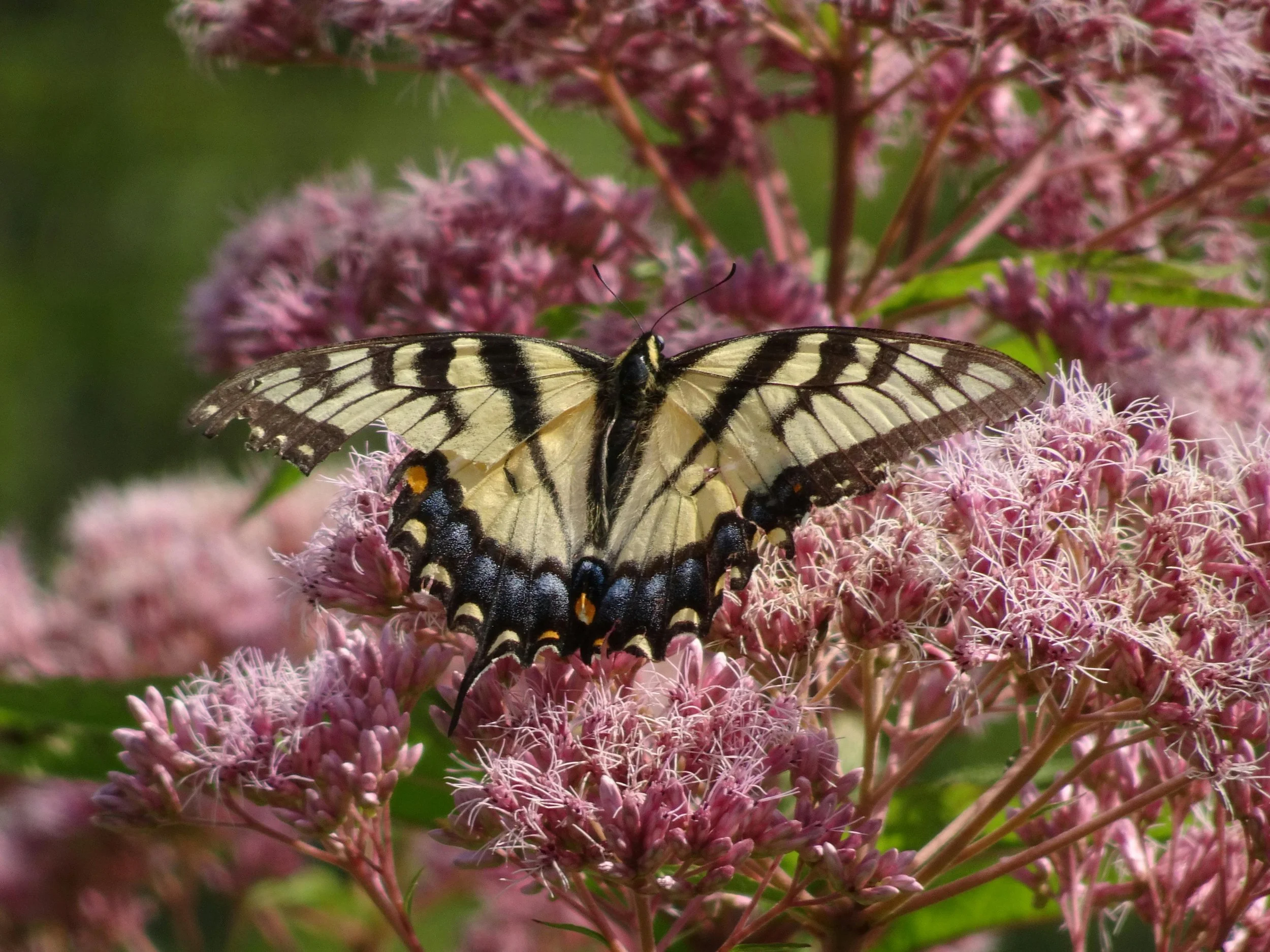Sweet Joe Pye Weed (ON HOLD)
Sweet Joe Pye Weed (ON HOLD)
Sweet Joe Pye weed (Eutrochium purpureum) is a sturdy standout perennial native wildflower with clusters of mauve to pink to lavender flowers arranged atop proud stalks late into the season. Joe Pye weed is a pollinator favorite with its vanilla scented aroma and does well in partial shade or shade and tolerates moist and dryer soil conditions. These plants grow up to 7 feet tall so can be used in borders and to add height and cover in a wooded area.
AT A GLANCE
Sweet Joe Pye weed is a sturdy standout perennial native wildflower with clusters of mauve to pink to lavender flowers arranged atop proud stalks late into the season. Joe Pye weed is a pollinator favorite with its vanilla scented aroma and does well in partial shade or shade and tolerates moist and dryer soil conditions. These plants grow up to 7 feet tall so can be used in borders and to add height and cover in a wooded area.
CONDITIONS
Swet Joe Pye weed is especially shade tolerant and easy to grow. This woodland wildlflower thrives in slightly acidic moist soil but tolerates a range of moisture conditions and soil conditions as well as partial sun. Native to areas east from the Mississippi River, this is a hardy plant.
BENEFITS
Sweet Joe Pye weed is a statement plant that complements gardens with its height, is deer resistant, and attracts pollinators from butterflies to moths to bees. The flowers can be cut for bouqets and last from July through September.
This plant is named after Joseph Shauquethqueat, who was a Mohican sachem (tribal leader) in the 18th and early 19th century and purportedly used the plant to cure fevers. It is still used in parts of Appalachia to treat urinary disorders. Some mothers bathed their fretful children in a tea made from Joe Pye Weed to calm them down and bring on a restful sleep.
CARE
You will receive a plant with several sets of leaves and stalks and root system of approximately 8 inches. Plant in partial shade and water upon planting and in following weeks water moderately if its not raining. Mulching or slight fertilizer is ok but unnecessary.
Perennial plants typically spend the first year of growth establishing their root system and storing up energy. Blooming plants the first year can occasionally happen for some species, but it is more the exception than the rule. Most often during the first year you will just see vegetative growth.
This plant pairs well with mistflower, goldenrod, rabbit tobacco, and ironweed.





